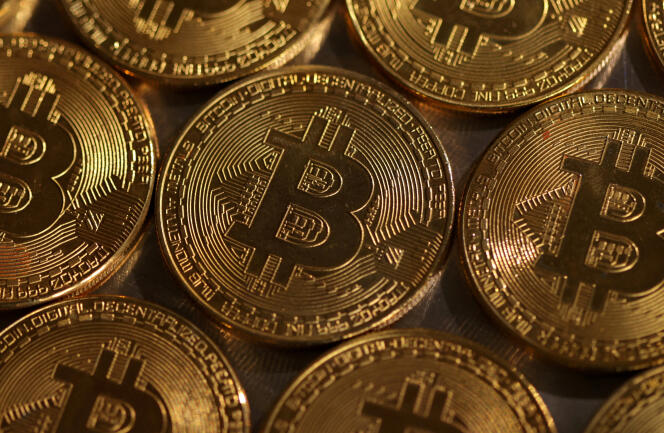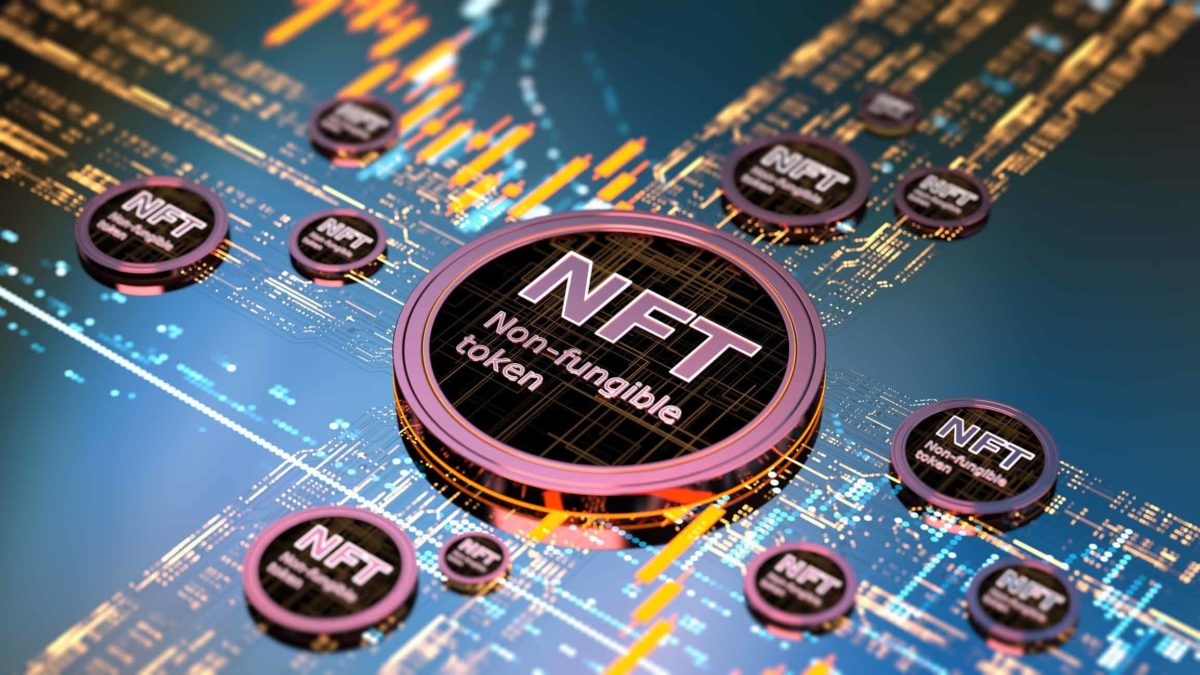Fungible and Non-Fungible Tokens: Expanding the Bitcoin Ecosystem
In my previous work, I outlined a system for a peer-to-peer electronic cash system – Bitcoin. This system relies on a distributed ledger, cryptography, and a robust incentive structure to create a secure and transparent method of digital value transfer. However, the potential applications of blockchain technology extend far beyond simple currency. Today, I want to explore the concept of tokens – digital units of value built upon the Bitcoin blockchain – and how they can be categorized into two distinct classes: fungible and non-fungible tokens.
Fungible tokens, much like their namesake (think dollar bills), are interchangeable. One unit holds the same value and utility as another. This characteristic makes them ideal for replicating existing financial instruments within the secure framework of the blockchain. Here are some potential applications:
- Colored Coins: Imagine attaching metadata to a specific unit of Bitcoin, essentially "coloring" it to represent a real-world asset like a share of a company, a loyalty point, or even a digital coupon. This opens doors for secure and transparent asset trading on a decentralized exchange.

- Stablecoins: A particularly intriguing application of fungible tokens involves creating cryptocurrencies pegged to the value of a stable asset, like the US dollar. This could alleviate the price volatility often associated with cryptocurrencies, making them more user-friendly for everyday transactions.

- Smart Contracts: Fungible tokens can be integrated into smart contracts, self-executing agreements on the blockchain. Imagine a scenario where a token represents ownership of a physical asset stored in a secure facility. The smart contract could be programmed to automatically release the asset only upon verification of a valid token transfer.
These are just a few examples, and the possibilities for fungible tokens within the Bitcoin ecosystem are vast. They offer a way to leverage the security and transparency of the blockchain to streamline existing financial processes and create innovative new financial instruments.
Non-Fungible Tokens: Owning the Digital Unique Non-fungible tokens (NFTs) stand in stark contrast to their fungible counterparts. Each NFT is unique and irreplaceable, similar to a rare trading card or a one-of-a-kind piece of art. This unique identity is what makes NFTs so fascinating. They allow for the secure ownership and verification of digital assets that were previously difficult, if not impossible, to manage in the digital realm. Here are some potential use cases for NFTs:
Non-fungible tokens (NFTs) stand in stark contrast to their fungible counterparts. Each NFT is unique and irreplaceable, similar to a rare trading card or a one-of-a-kind piece of art. This unique identity is what makes NFTs so fascinating. They allow for the secure ownership and verification of digital assets that were previously difficult, if not impossible, to manage in the digital realm. Here are some potential use cases for NFTs:
- Digital Art and Collectibles: Imagine a digital artwork, a song, or even a meme being tokenized as an NFT. This creates a verifiable record of ownership and authenticity, potentially revolutionizing the way we collect and value digital art.
- In-game Items: The world of online gaming thrives on rare and valuable items. NFTs could represent ownership of these digital assets, allowing players to securely trade and monetize their in-game experiences.
- Event Tickets: NFTs could eliminate the need for physical tickets, offering a secure and verifiable way to manage event attendance while potentially combating ticket scalping.
The possibilities with NFTs extend far beyond these examples. They raise interesting questions about digital ownership and the value we ascribe to unique digital creations. While some might scoff at the idea of owning a digital artwork, NFTs offer a way to verify authenticity and scarcity in a way that wasn't previously possible in the digital world.
Security Considerations and the Future
Both fungible and non-fungible tokens rely on the security of the underlying blockchain. As with Bitcoin, it's crucial to ensure the robustness of the cryptographic protocols and the distributed nature of the ledger. Additionally, smart contracts used with fungible tokens require careful design and thorough testing to avoid vulnerabilities that could lead to unintended consequences.
The development of tokenized ecosystems is still in its nascent stages. However, the potential for these innovations to reshape the digital landscape is undeniable. Fungible tokens offer a secure and transparent way to represent traditional financial instruments within the blockchain, while NFTs pave the way for a new paradigm of digital ownership and value creation. As the Bitcoin ecosystem continues to evolve, it will be fascinating to see how these tokenized applications develop and reshape the digital world.
It's important to remember that this is a nascent technology, and unforeseen challenges may arise. However, the core concepts behind fungible and non-fungible tokens hold immense potential. As with Bitcoin itself, the success of these innovations will depend on collaboration, innovation, and a shared vision for a more secure and transparent digital future.

































